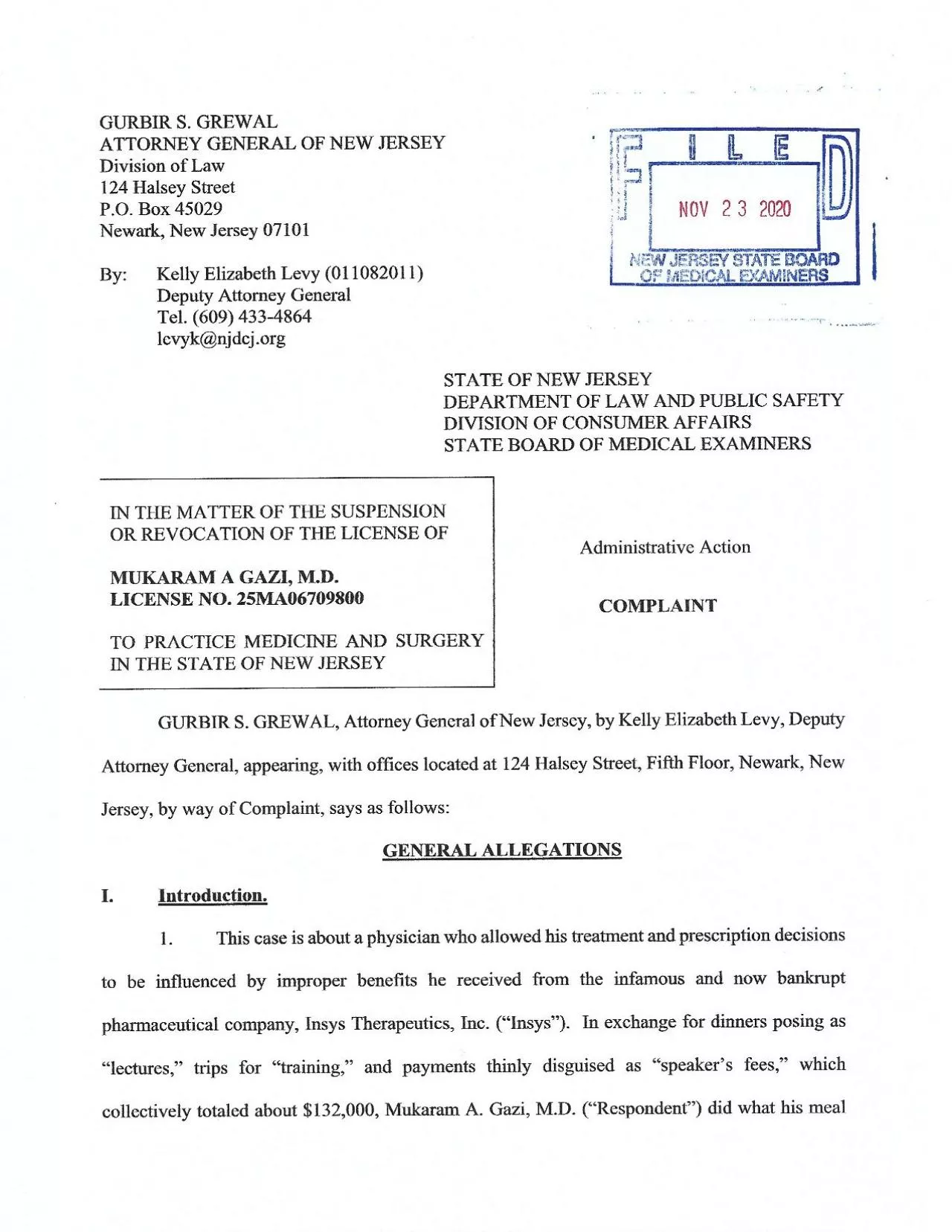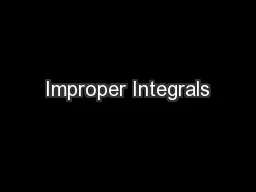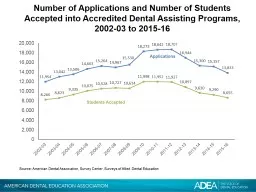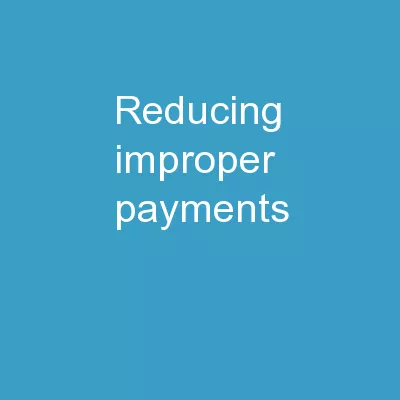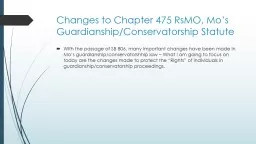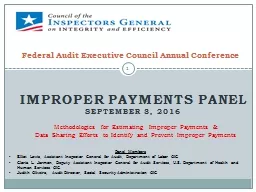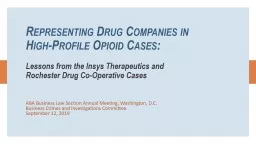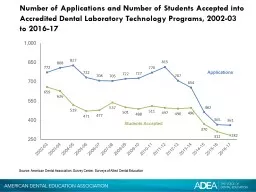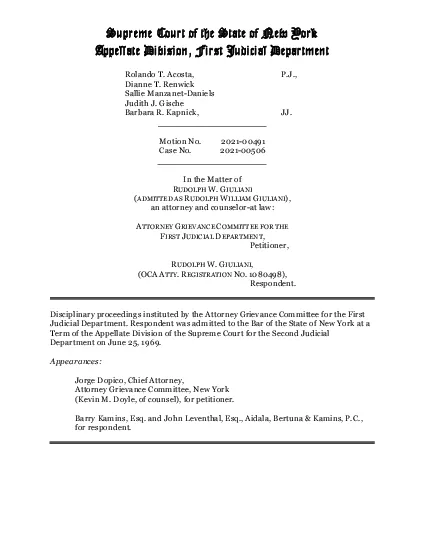PDF-Respondent willingly accepted the improper benefits Insys provided Ov
Author : callie | Published Date : 2021-08-24
3 4the benefits Insys provided to Respondent continued to increase and so too did the number of Subsys prescriptions Respondent wrote 5As detailed in Counts I to
Presentation Embed Code
Download Presentation
Download Presentation The PPT/PDF document "Respondent willingly accepted the improp..." is the property of its rightful owner. Permission is granted to download and print the materials on this website for personal, non-commercial use only, and to display it on your personal computer provided you do not modify the materials and that you retain all copyright notices contained in the materials. By downloading content from our website, you accept the terms of this agreement.
Respondent willingly accepted the improper benefits Insys provided Ov: Transcript
Download Rules Of Document
"Respondent willingly accepted the improper benefits Insys provided Ov"The content belongs to its owner. You may download and print it for personal use, without modification, and keep all copyright notices. By downloading, you agree to these terms.
Related Documents

